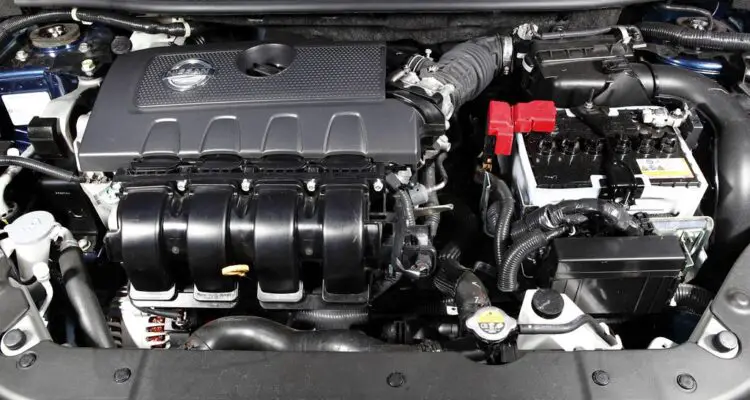If you’re a car enthusiast or a beginner eager to understand and troubleshoot car issues, then understanding your vehicle’s transmission is crucial. Among the various types of transmissions, the Nissan CVT transmission has garnered both attention and concerns. In this guide, we’ll explore common symptoms of CVT transmission problems and delve into the advantages and disadvantages of this unique transmission system.
Signs of CVT Transmission Problems
Spotting signs of trouble in your Nissan CVT transmission is essential for preventing accidents and costly repairs. Here are some symptoms to watch out for:
- Sluggish Response: A failing CVT transmission may cause your car to struggle while accelerating, endangering smooth overtaking and merging.
- Vibrations While Accelerating: Overheating due to inadequate cooling design can lead to vibrations while driving.
- Transmission Running Hot: Insufficient cooling can trigger excess heat in the cabin and even activate the fail-safe mode.
- Transmission Fluid Leaking: Heat from the CVT transmission may wear out cooling system parts, leading to coolant leaks.
- Transmission Being Loud: A failing CVT might produce noticeable whining or rattling sounds.
- Transmission Stalling Without Warning: Sudden stalling or entering ‘limp home’ mode while driving can pose hazards.
- Strange Shifting Noises: Unusual clunking, humming, or clattering sounds during gear shifts indicate problems.
- Engine Revving High: High engine revs without corresponding speed increases may point to a transmission issue.
- Delayed Acceleration: Hesitation when accelerating could be due to transmission problems.
- Lurching and Jerking: Unexpected jerks or lurches during driving might signify software or component issues.
- Faulty Torque Converter: A malfunctioning torque converter can lead to power delivery and fluid contamination issues.
- Flashing Engine Light: A flashing engine light, especially accompanied by other symptoms, might indicate transmission problems.
- Poor Fuel Economy: A failing transmission can decrease fuel efficiency due to inefficient power delivery.
Understanding the CVT Transmission
CVT stands for ‘continuously variable transmission’, an innovative system with distinct advantages:
- Smooth Driving: CVTs offer seamless gear changes and lack ‘shift shock’, providing smooth driving experiences.
- Efficient Design: CVTs have fewer moving parts than traditional transmissions, potentially extending lifespan.
- Better Fuel Efficiency: CVTs can optimize power delivery, enhancing fuel economy.
However, CVTs also come with disadvantages:
- Noise: CVTs can be noisier due to their design and variable RPM preferences.
- Lack of Interaction: Some drivers may miss the engagement offered by traditional transmissions.
- Expensive Maintenance: Maintenance costs can be higher due to limited expertise and unique design.
Facing Nissan CVT Transmission Problems
Nissan’s CVT transmissions have faced issues over the years, leading to class-action lawsuits. Symptoms of transmission problems have prompted Nissan to extend warranties. However, if you’re not covered, CVT repairs can be expensive due to scarcity of parts and skilled technicians.
Dealing with CVT Transmission Replacement Cost
If your Nissan CVT transmission requires replacement, costs can be substantial. Labor expenses, complicated removal processes, and scarcity of parts contribute to the high price tag. Consulting your Nissan dealer and considering extended warranties could help mitigate the financial burden.
In conclusion, understanding the signs of CVT transmission issues, knowing the advantages and disadvantages of the system, and being prepared for potential replacement costs can empower you as a car enthusiast or beginner. Stay vigilant, prioritize safety, and keep your Nissan running smoothly on the road.







